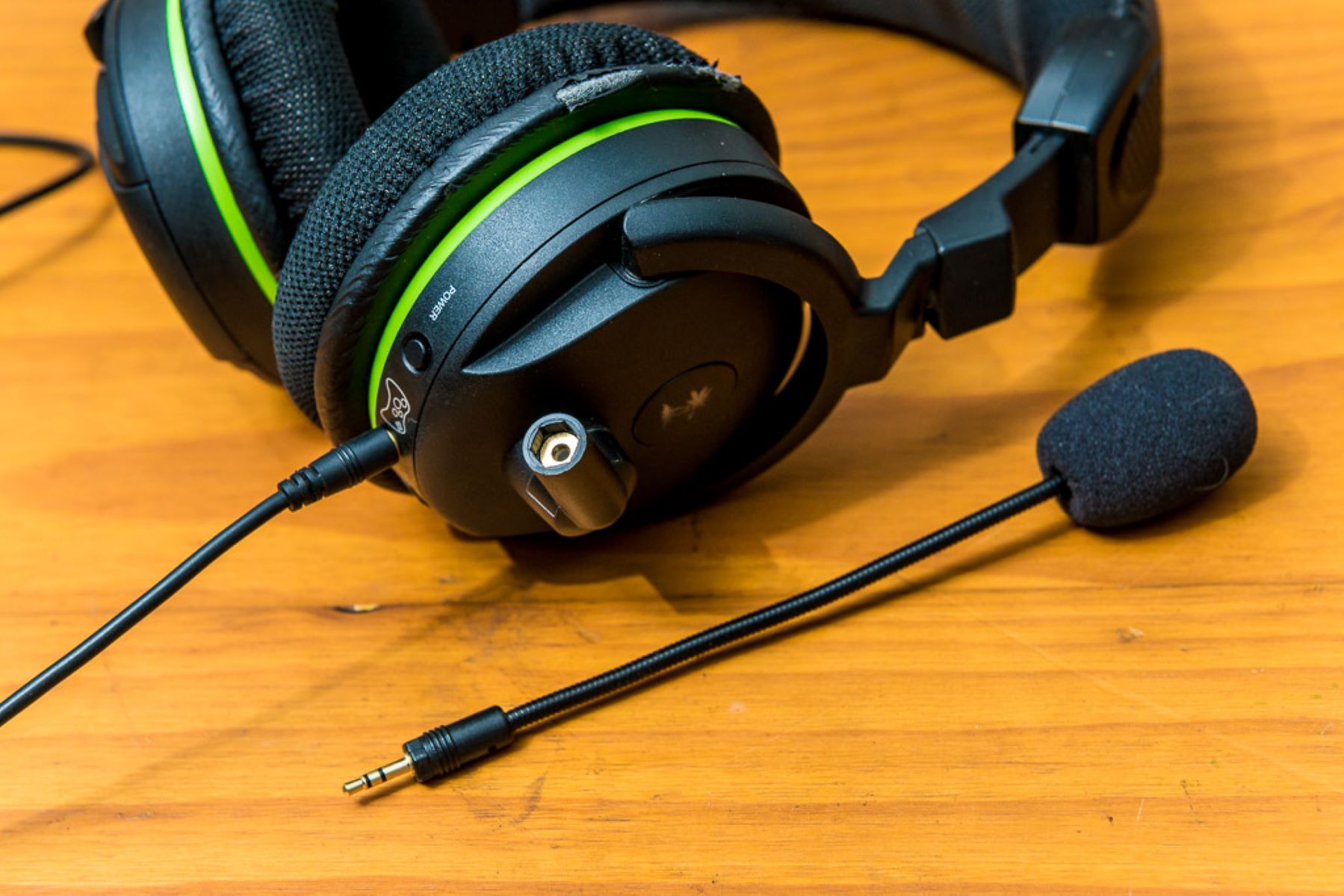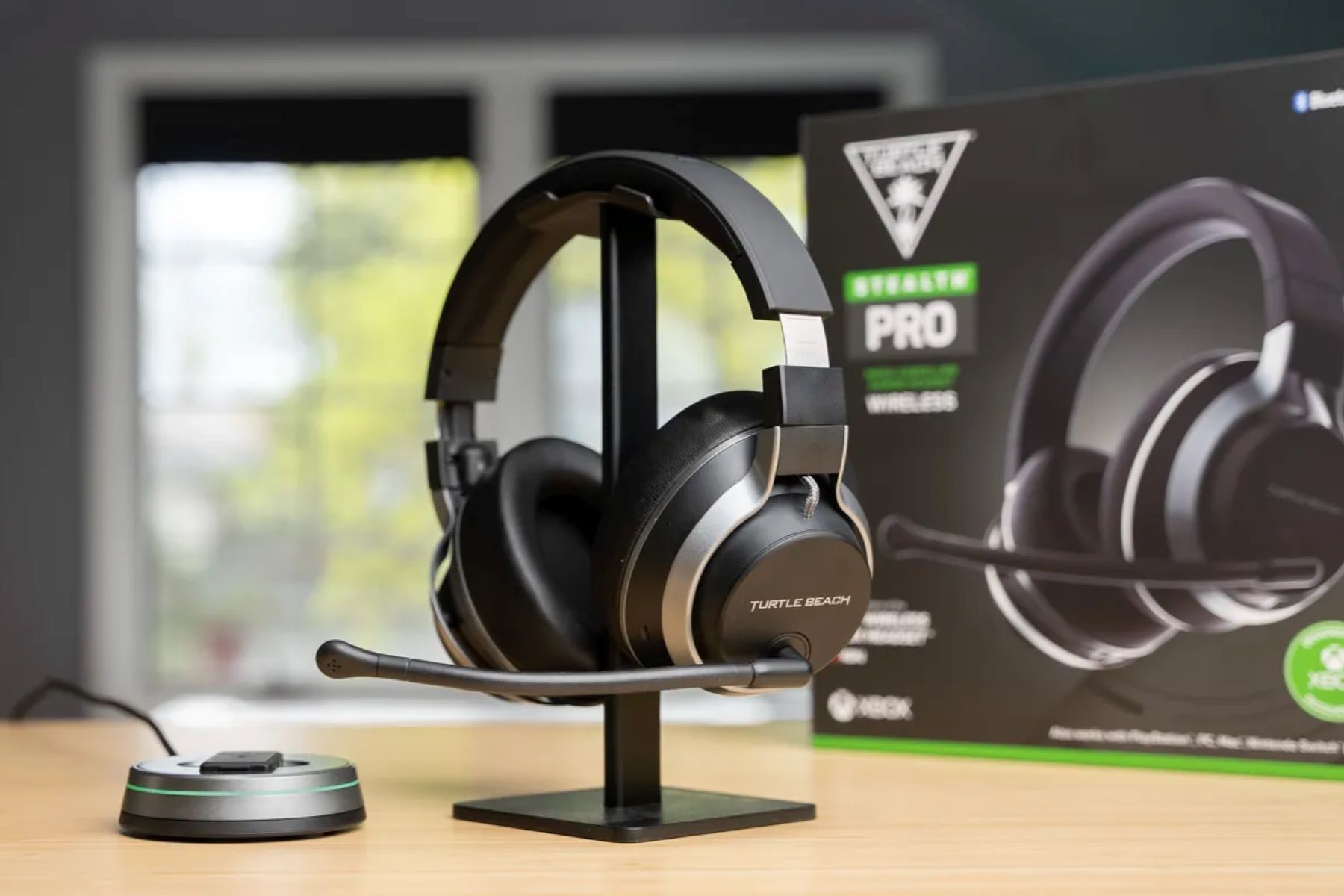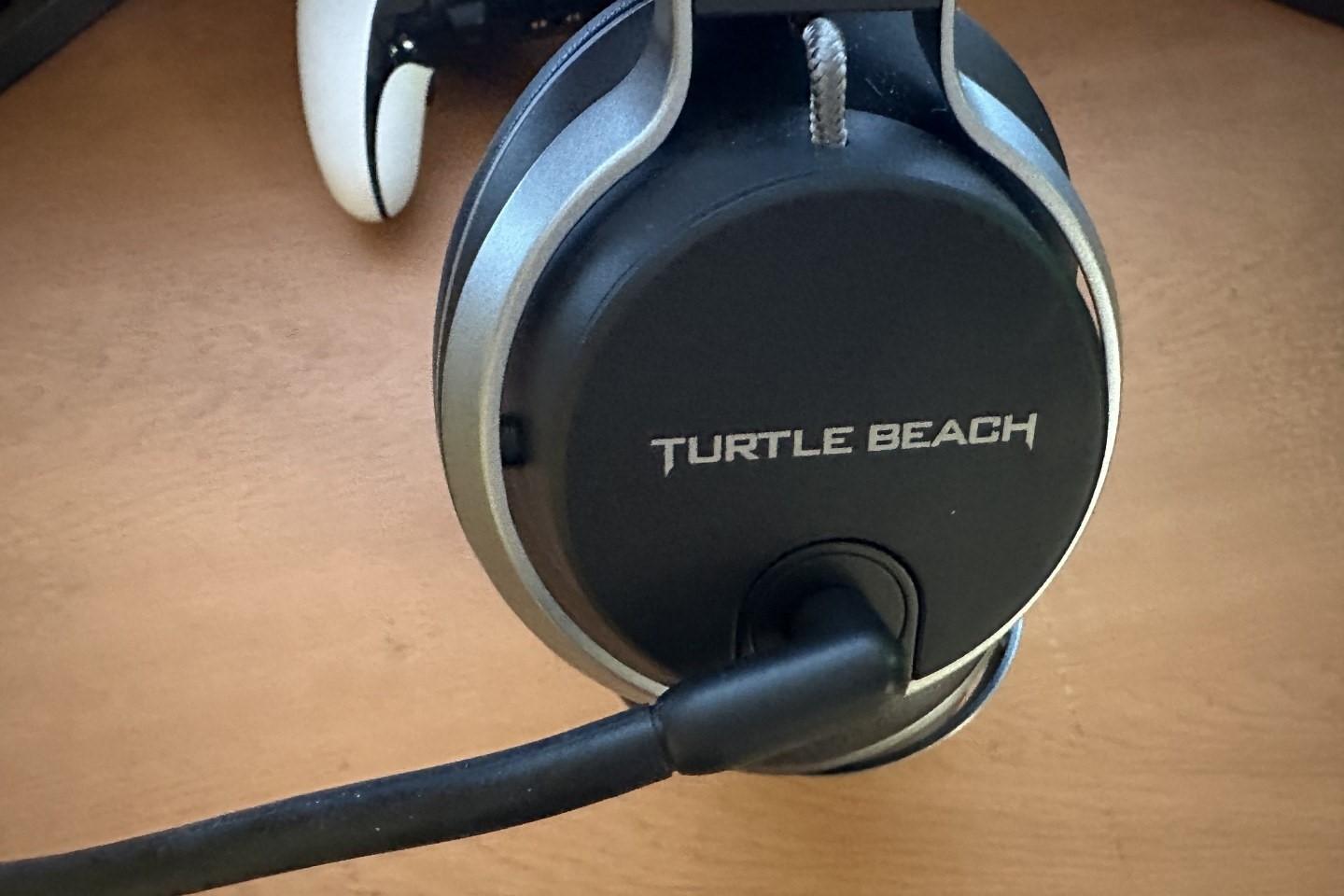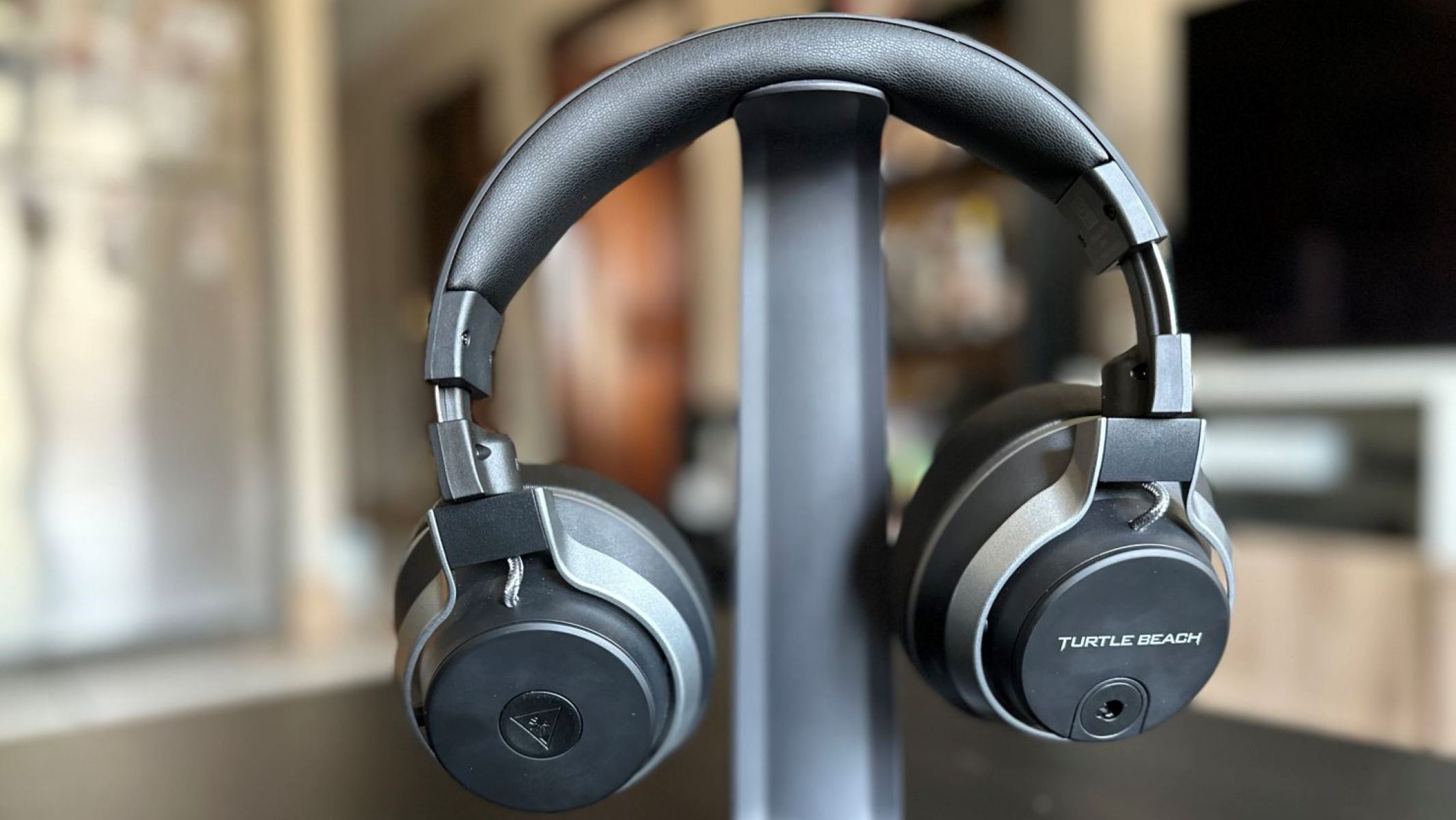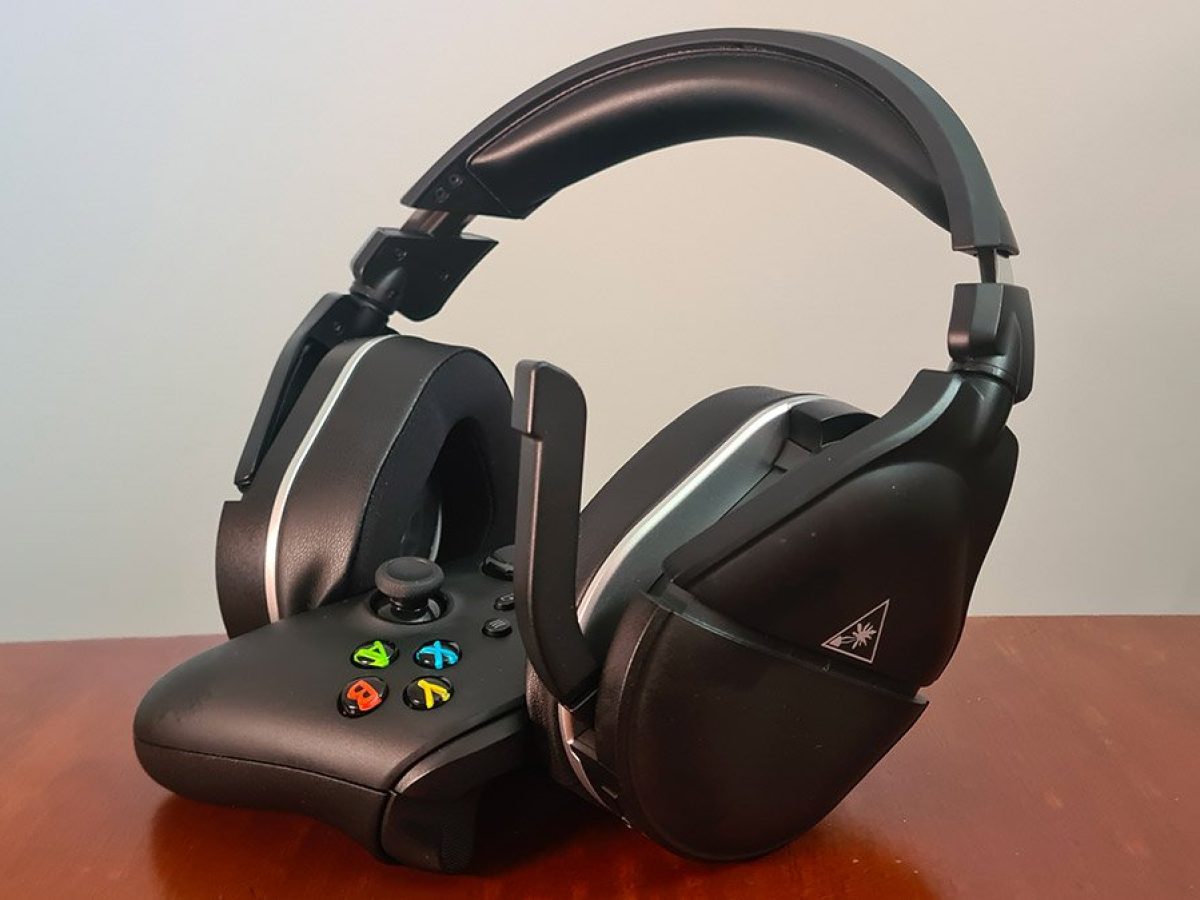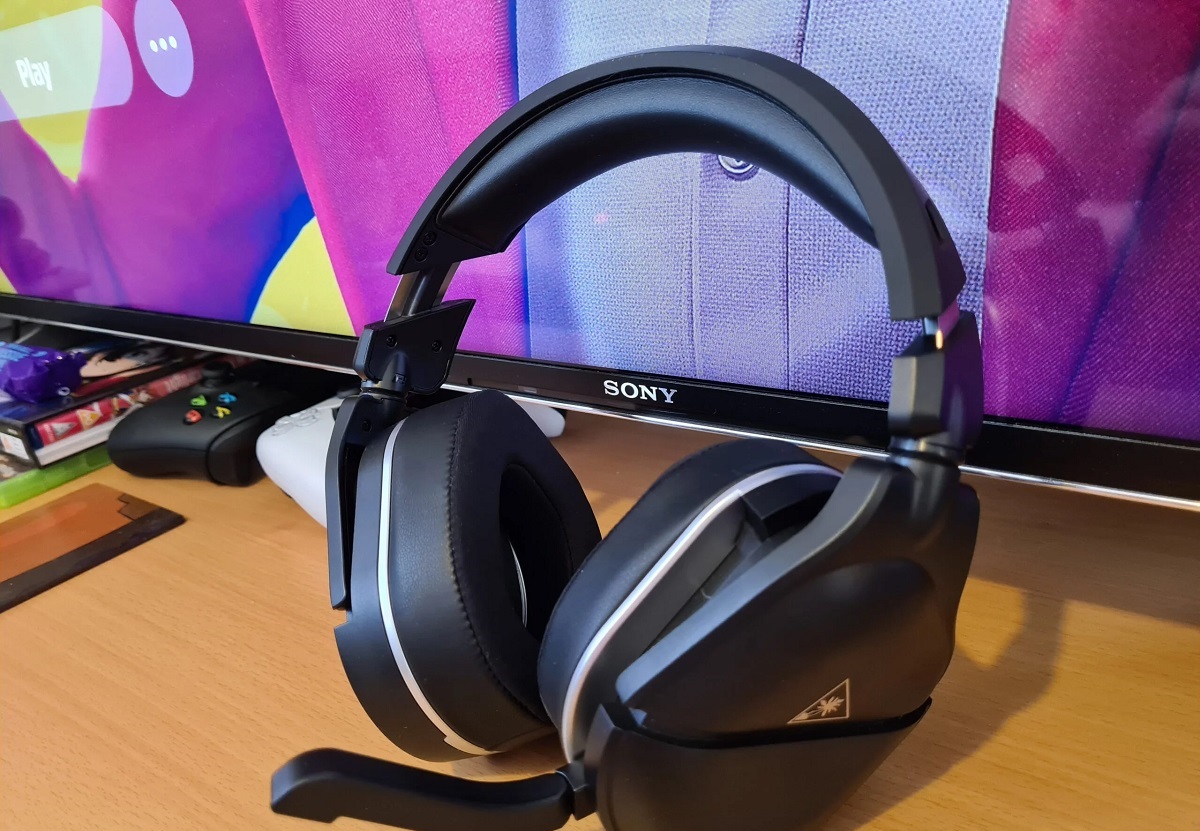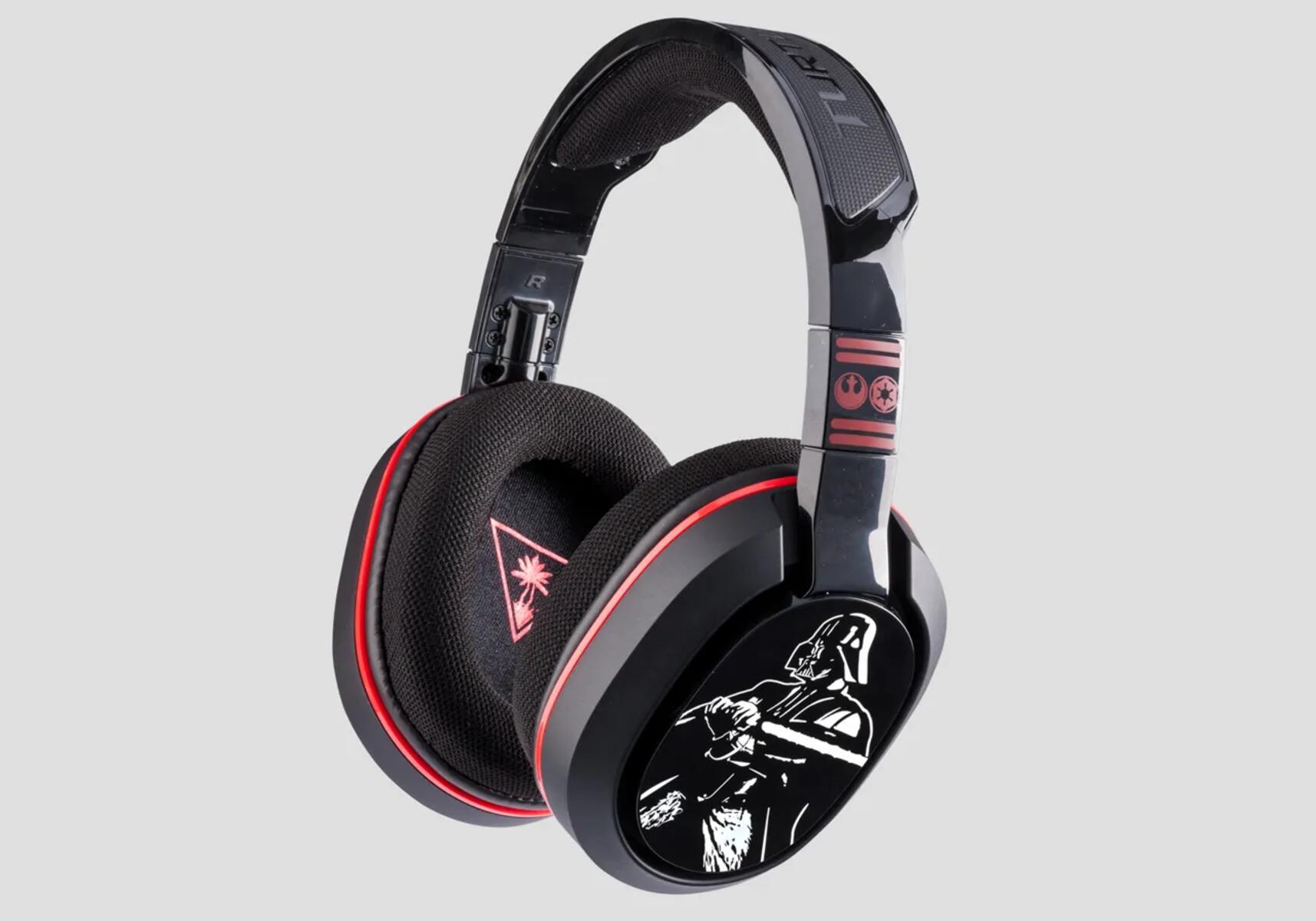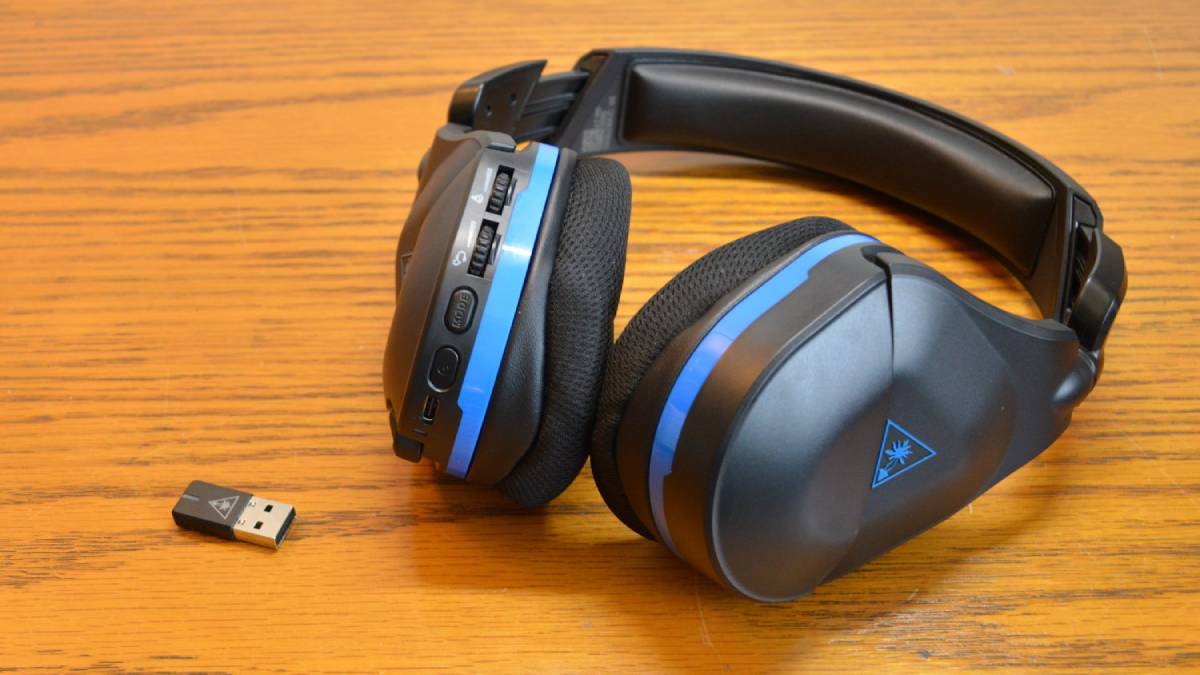Introduction
Picture this: you're in the heat of an intense gaming session, fully immersed in the virtual world, when suddenly, a disruptive crackling static noise infiltrates your ears, shattering the immersive experience. If you've encountered this scenario while using your Turtle Beach headset, you're not alone. Static issues can be a common nuisance for gamers, often stemming from various underlying causes. However, fear not, as there are effective troubleshooting methods and fixes that can restore your headset to its optimal performance.
In this comprehensive guide, we will delve into the world of Turtle Beach headset static, exploring the common culprits behind this irksome interference and providing step-by-step troubleshooting techniques to help you identify and address the issue. Furthermore, we will equip you with practical fixes and preventive measures to banish static from your gaming experience once and for all.
So, whether you're a seasoned gamer or a casual user, join us on this journey to unravel the mysteries of Turtle Beach headset static and reclaim the pristine audio quality that enhances your gaming escapades. Let's embark on this quest to troubleshoot and conquer the static woes that may be plaguing your cherished headset.
Common Causes of Static in Turtle Beach Headsets
Static disturbances in Turtle Beach headsets can stem from a variety of factors, often leading to frustrating interruptions in audio quality. Understanding the common causes of static can serve as a crucial first step in troubleshooting and resolving these issues. Let's explore the key culprits behind static in Turtle Beach headsets:
-
Interference from Electronic Devices: The proximity of electronic devices such as smartphones, routers, or other wireless peripherals can generate electromagnetic interference, resulting in static disruptions in the headset's audio transmission. This interference can manifest as crackling or buzzing sounds, detracting from the immersive audio experience.
-
Loose Connections or Damaged Cables: Over time, wear and tear on headset cables or connectors can lead to signal degradation and static disturbances. Loose connections, frayed wires, or damaged cable insulation can introduce unwanted noise into the audio stream, compromising the overall sound quality.
-
Power Supply Issues: Inadequate power supply or fluctuations in electrical current can contribute to static problems in Turtle Beach headsets. Insufficient power delivery to the headset's components may result in audio distortion, including static or popping sounds, especially during high-volume usage.
-
Environmental Factors: Environmental elements such as dust, moisture, or extreme temperatures can impact the internal components of the headset, potentially leading to static issues. Dust accumulation within the headset's audio ports or circuitry can interfere with signal transmission, while moisture exposure can cause corrosion and electrical disruptions.
-
Software and Firmware Glitches: Outdated firmware or software glitches within the headset's control unit can trigger audio anomalies, including static disturbances. Incompatibilities with gaming platforms or audio drivers may also contribute to intermittent static issues, necessitating software-related troubleshooting.
Understanding these common causes of static in Turtle Beach headsets lays the groundwork for effective troubleshooting and targeted fixes. By identifying the underlying factors contributing to static disturbances, users can embark on a systematic approach to diagnose and address these issues, ultimately restoring pristine audio quality to their gaming experiences.
Troubleshooting Steps
When confronted with static issues in your Turtle Beach headset, a systematic approach to troubleshooting can help pinpoint the root cause and pave the way for effective resolution. By following these step-by-step troubleshooting techniques, users can methodically diagnose and address static disturbances, restoring optimal audio quality to their gaming endeavors.
-
Isolate Electronic Interference: Begin by assessing the proximity of electronic devices to your headset. Ensure that smartphones, wireless routers, or other potential sources of electromagnetic interference are at a sufficient distance from the headset. Relocating such devices can mitigate signal disruptions and minimize static interference.
-
Inspect Cable Connections: Thoroughly examine the headset's cables and connectors for any signs of wear, damage, or looseness. Ensure that the cables are securely connected to the appropriate ports on both the headset and the audio source. If any issues are detected, consider replacing the cables or connectors to eliminate signal degradation and static disturbances.
-
Power Supply Evaluation: Assess the power supply to the headset, verifying that it meets the manufacturer's specifications. Unstable or inadequate power delivery can lead to audio anomalies, including static disruptions. Using a different power source or ensuring a stable electrical supply can help mitigate power-related static issues.
-
Environmental Assessment: Evaluate the headset's environment for potential factors contributing to static disturbances. Keep the headset away from dusty or moist areas, and store it in a controlled, moderate-temperature environment. Regularly cleaning the headset's audio ports and components can prevent dust accumulation, reducing the likelihood of static interference.
-
Software and Firmware Check: Verify that the headset's firmware and associated software are up to date. Check for available updates on the manufacturer's website or through dedicated software applications. Updating firmware and drivers can address potential software-related glitches, minimizing the occurrence of static disruptions during usage.
By diligently following these troubleshooting steps, users can methodically diagnose and address static issues in their Turtle Beach headsets. This proactive approach empowers users to identify and resolve the underlying causes of static disturbances, ultimately restoring the headset to its optimal audio performance and enhancing the overall gaming experience.
Fixes for Turtle Beach Headset Static
After identifying the potential causes of static in Turtle Beach headsets and undergoing systematic troubleshooting, users can implement targeted fixes to address the static disturbances and restore pristine audio quality to their gaming experiences. These practical fixes are designed to target specific underlying factors contributing to static, offering users effective solutions to banish unwanted audio interference.
Cable Replacement and Maintenance
One of the primary sources of static in Turtle Beach headsets can stem from damaged or worn-out cables. Users can opt to replace the headset cables, including the audio and power connectors, to mitigate signal degradation and eliminate static disturbances. Additionally, regular maintenance of the cables, such as ensuring secure connections and safeguarding against physical damage, can prevent future static issues.
Environmental Control and Maintenance
To combat static arising from environmental factors, users can proactively maintain a controlled environment for their Turtle Beach headsets. This includes storing the headset in a clean, dust-free area and avoiding exposure to excessive moisture or extreme temperatures. Regular cleaning of the headset's audio ports and components can prevent dust accumulation, minimizing the risk of static interference.
Power Source Optimization
Ensuring a stable and adequate power supply to the Turtle Beach headset is crucial in mitigating power-related static disturbances. Users can consider utilizing a different power source or employing power conditioning devices to regulate electrical supply, thereby minimizing the occurrence of static disruptions during usage.
Firmware and Software Updates
Updating the firmware and associated software of the Turtle Beach headset can address potential glitches and incompatibilities that may lead to static disturbances. By staying abreast of the latest firmware releases and driver updates provided by the manufacturer, users can effectively mitigate software-related static issues, enhancing the overall audio performance of the headset.
Electromagnetic Interference Mitigation
To counteract interference from electronic devices, users can strategically position their Turtle Beach headsets away from potential sources of electromagnetic interference, such as smartphones, wireless routers, or other wireless peripherals. Relocating these devices to a sufficient distance from the headset can minimize signal disruptions and reduce static interference.
By implementing these targeted fixes, users can effectively combat static disturbances in their Turtle Beach headsets, restoring optimal audio quality and reclaiming an immersive gaming experience free from unwanted audio interference. These practical solutions, coupled with thorough troubleshooting, empower users to address the root causes of static and enjoy uninterrupted audio excellence from their cherished headsets.
Conclusion
In the realm of gaming and immersive audio experiences, the presence of static in Turtle Beach headsets can disrupt the seamless enjoyment of virtual worlds and multiplayer battles. However, armed with a deeper understanding of the common causes of static and equipped with effective troubleshooting techniques and targeted fixes, users can triumph over these audio disturbances and restore pristine audio quality to their gaming endeavors.
By delving into the intricacies of electronic interference, cable maintenance, power supply optimization, environmental control, and software management, users can embark on a proactive journey to address the root causes of static in Turtle Beach headsets. The systematic troubleshooting steps outlined in this guide serve as a valuable compass, guiding users through the labyrinth of potential culprits and empowering them to identify and mitigate static disturbances with precision and efficacy.
Furthermore, the practical fixes presented in this guide offer users a repertoire of targeted solutions to combat static issues, ranging from cable replacement and environmental maintenance to firmware updates and electromagnetic interference mitigation. These fixes are designed to target specific underlying factors contributing to static, offering users a holistic toolkit to banish unwanted audio interference and reclaim the immersive audio excellence that defines the Turtle Beach headset experience.
As users implement these troubleshooting techniques and practical fixes, they not only restore optimal audio quality to their Turtle Beach headsets but also fortify their understanding of audio hardware maintenance and environmental considerations. This proactive approach fosters a deeper engagement with the technical nuances of audio equipment, empowering users to safeguard their headsets against potential static disturbances in the future.
In conclusion, the journey to troubleshoot and conquer static woes in Turtle Beach headsets is a testament to the resilience and determination of gamers and audio enthusiasts. By leveraging the insights and strategies outlined in this guide, users can transcend the realm of static disruptions, paving the way for uninterrupted audio excellence and immersive gaming escapades. Let the quest to banish static from Turtle Beach headsets serve as a testament to the unwavering pursuit of audio perfection, enriching the gaming experiences of users and fostering a deeper appreciation for the intricacies of audio technology.







